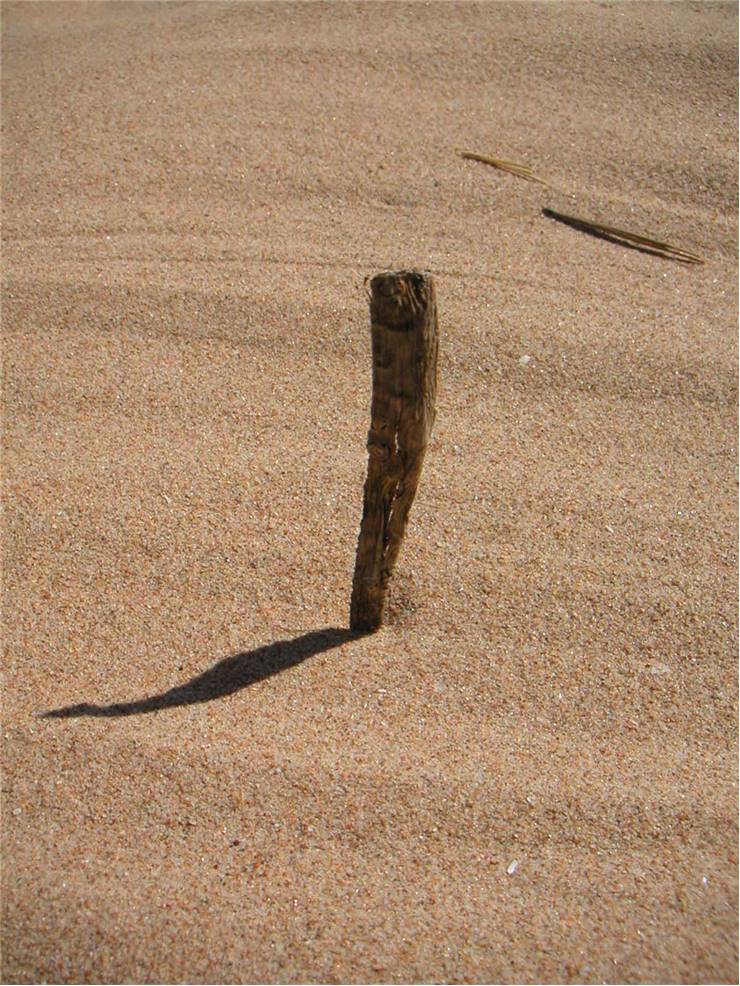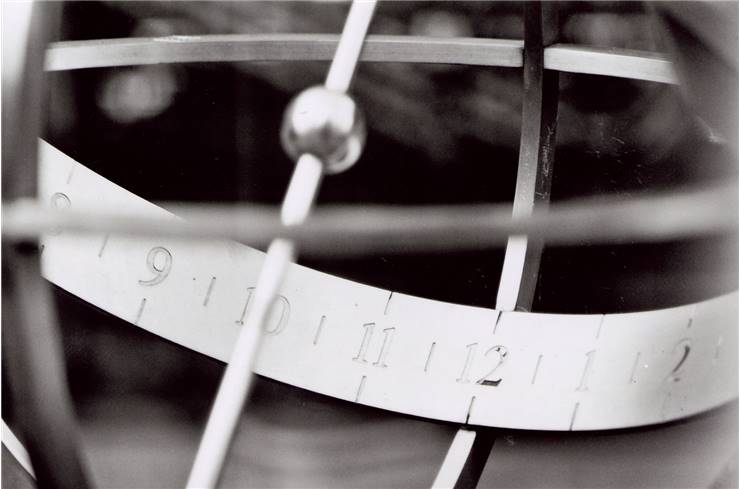History of Timekeeping Devices
Tracking of time via mechanical or other means appeared over 5500 years ago in the Ancient Egypt and Sumer, southern region of the ancient Mesopotamia that is today regarded as birthplace of modern civilization. With the thousand years of tradition building various types of sundials, sand clocks and water clocks, knowledge of this devices soon spread across Mediterranean, enabling Greek, Roman and Persian empires to embrace them and start their own wave of advancements. As centuries went on, time was measured with candle clocks, incense clocks, oil-lamp clocks, simple gear clocks, astronomical clocks, all up to the appearance of the first modern devices in 15th and 16th century.
Sundials had begun appearing in ancient Egypt around in 4th millennia BC, with earliest known obelisk being made around 3500 BC. With sun being their primary deity, measuring of sun shadow received much attention during that time. To measure time easily, Egyptians separated daytime into 10 equal parts, with 4 additional parts reserved to twilight hours in the dawn and sunset. Series of markers on the ground enabled Egyptians to easily track time, and even know in which season of the year they are. Of course, sundials were absolutely ineffective in cloudy weather or night time. For that purposes, new methods for measuring time were invented.

Ancient Greeks and Romans focused much more attention on developing water clocks, which by 325 BC achieved much higher degree of accuracy than in its early stages. Flow of water in clepsydrae devices moved the hour hands, enabling everyone to easily measure time and use it as alarm clock (first water based alarm clock was created by Plato). Even with many developments in this field, sundials remained popular throughout the life of Greek and Roman empires. The largest sundial of the ancient times was built by Emperor Augustus in 10 BCE, and it used 30 meter high red granite Obelisk of Montecitorio that was imported to Rome from Heliopolis in ancient Egypt.
After the fall of Roman Empire, water clocks continued to be refined in Persia and China, with the most famous and most complicated water clock of that time being created by Muslim engineer Al-Jazari in 1206. By the 6th century, china started using candle and incense clocks, which slowly started spreading to the west, finally reaching Middle East and Europe in 13th century. By then, China made advancement with the introduction of Astronomical clocks. Chinese Su Song created a water-driven astronomical clock, and this knowledge was also present in many 12th century cities in Persia, most notably Al-Jazari’s castle clock of 1206.
Expansion of ship trade in Europe and ever increasing will of sailing in open seas brought the need of having reliable and precise time measuring devices. Much improved sundial devices that were designed in Persia became the integral part of every ship who wanted to sail beyond the sight of the coast. From 15th century and onward, dependable and precise sundials became very popular type of clock not only at sea, but also in industry, churches, cooking and more.
By 16th century, mechanical devices started finding their way out of industrial laboratories, and time measuring devices based on pendulums and springs began appearing across the Europe, enabling a new era of dependable and precise time measuring. As centuries went on, their designs became more advanced, their structure smaller, and by the 19th century mechanical pocket, table and wall clocks became commonplace all across the world. Today, when the digital devices can be found in every corner of our civilization, measuring of time has finally become available to everyone.


